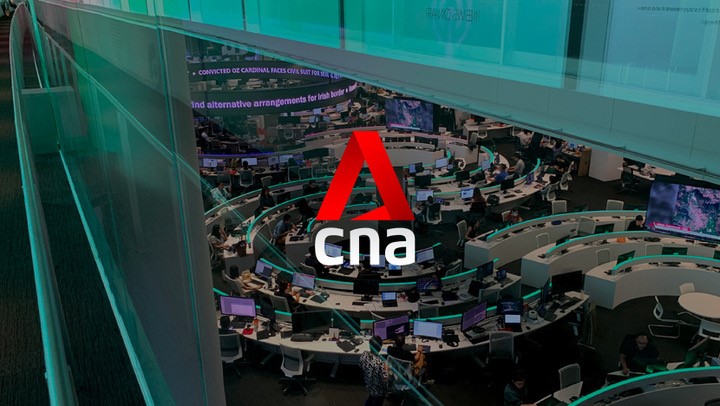TOKYO, JAPAN – Oil prices rose slightly on Wednesday as an industry data indicated U.S. crude stockpiles fell last week, outweighing trader and investor fears over shipping restrictions in some countries as COVID-19 instances rose. After creeping higher on Tuesday, Brent crude was up 25 cents, or 0.3 percent, at US$75.01 a barrel by 0655 GMT. After rising 0.1 percent the previous day, US crude was up 41 cents, or 0.6 percent, at US$73.39 a barrel.
While the highly contagious Delta strain of the coronavirus has spread across numerous nations, triggering additional lockdowns or movement restrictions ranging from Australia to Portugal, hopes for a larger recovery in fuel demand have stayed intact.
Brent is on track for another monthly gain on the penultimate day of June, making it six out of the last seven months that the contract has climbed. Since November, U.S. crude has been trading in a similar range. “Since the November 2 headline announcing the development of a COVID-19 vaccination, futures have been trading on a one-way track to the upside,” said Bob Yawger, director of energy futures at Mizuho Securities. According to two individuals who spoke on the condition of anonymity, crude stocks in the United States were down by 8.2 million barrels, according to statistics from the American Petroleum Institute.
Despite this, gasoline inventories increased by 2.4 million barrels, while distillate inventories increased by 428,000 barrels, according to the sources.
However, Mohammad Barkindo, the Secretary General of the Organization of Petroleum Exporting Countries (OPEC), stated on Tuesday that demand is anticipated to climb by 6 million barrels per day (bpd) in 2021, with 5 million bpd coming in the second half of the year.
He made the prediction at a meeting of the OPEC+ Joint Technical Committee, which includes OPEC members as well as Russia and other producers.
The summit will decide on the group’s production policy as it prepares to release some of the supplies it has held back from the market to keep prices stable after demand in COVID-affected 2020 has dwindled.
By 2022, significantly more OPEC+ production would be required to balance the oil market, according to Goldman Sachs analysts.
According to Goldman, demand will climb by another 2.2 million bpd by the end of 2020, leaving a 5 million bpd supply gap.
United Nations Secretary-General Antonio Guterres has urged the United States to relax or waive all sanctions against Iran, as agreed in a 2015 agreement to prevent Tehran from building nuclear weapons.
In recent weeks, indirect discussions between the US and Iran have failed to produce a breakthrough in getting Washington to return to the deal and lift sanctions.
(Aaron Sheldrick contributed reporting; Kenneth Maxwell and Simon Cameron-Moore edited the piece.)
Continue reading


